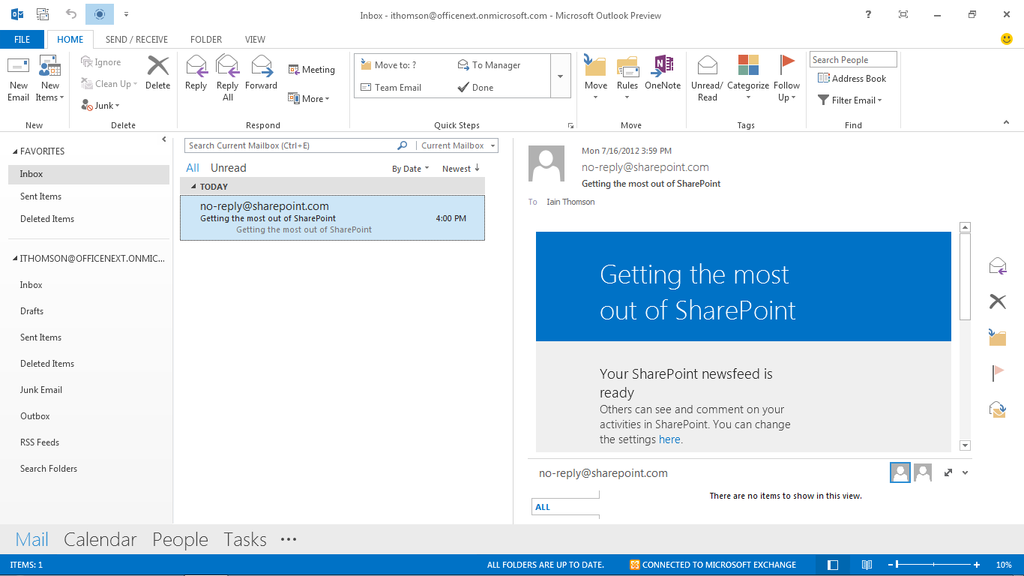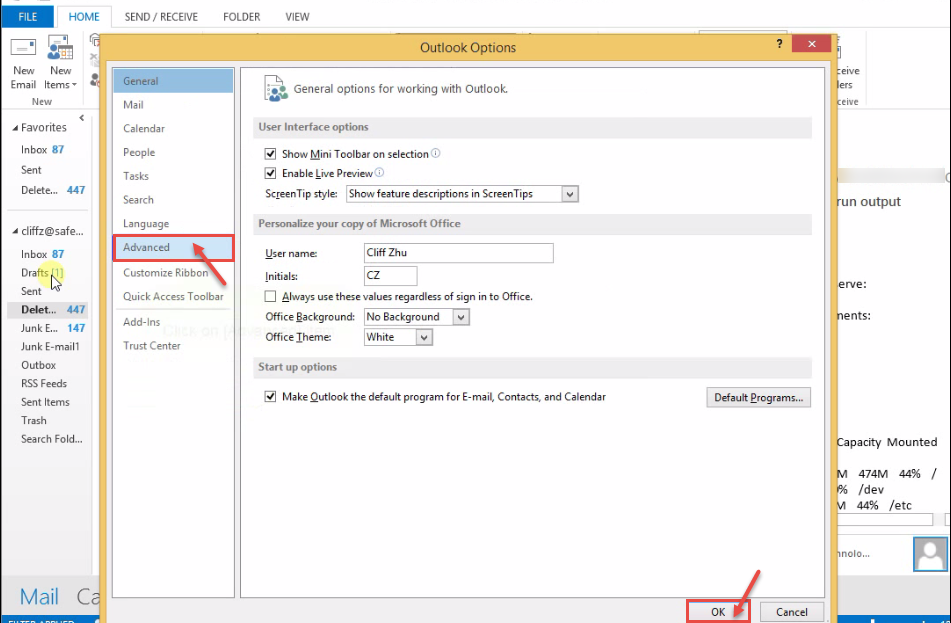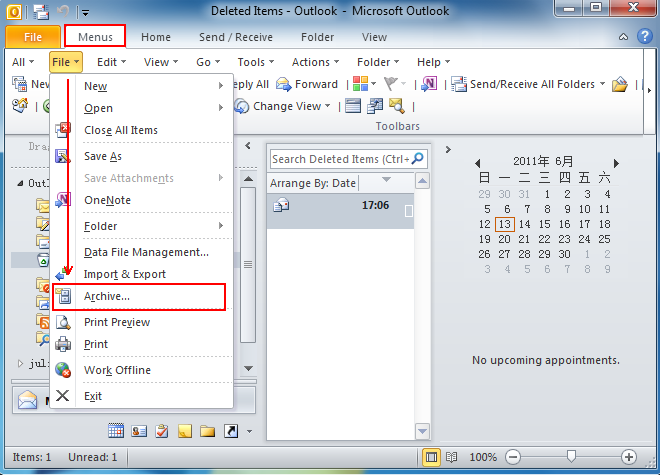


The primary mailbox is the first Exchange mailbox that was added to your Outlook profile. Retrieving an older message in Microsoft Outlook often requires burrowing into your mail. If you have access to more than one Microsoft Exchange account, note that you can only use Enterprise Vault actions on items in the primary mailbox.
MICROSOFT OUTLOOK 2013 ARCHIVE ARCHIVE
However, depending on how your administrator has configured PST file migration either the administrator can archive these items for you or you can choose to migrate PST files to Enterprise Vault. Enterprise Vault does not normally archive any information that is held in your PST files on your computer. If you can't see the archive folders in the Navigation Pane, click File>Options>Advanced>AutoArchive Settings and check the box labeled 'Show archive folder in folder list'. These files often appear in Outlook with a folder name of 'Personal Folders'. Open the folder in your Archive data file where the message was moved and drag it back to the original folder again. Outlook automatically creates PST files to save email communication data locally. Applies to: Exchange Server 2013 In-Place Archiving helps you regain control of your organization's messaging data by eliminating the need for personal store (.pst) files and allowing users to store messages in an archive mailbox accessible in Microsoft Outlook 2010 and later and Microsoft Office Outlook Web App. Migrate personal storage table (.PST) files to Enterprise Vault.

You do not need to restore archived items to forward them or reply to them, or to perform other actions. Restore archived items that is, move or copy archived items back into your mailbox in their original format. Enterprise Vault treats the items that you have stored in the same way as any other archived item. When you store an item, Enterprise Vault adds it to your vault as an archived item. Store items in the vault yourself at any time. You can lookup the location and name of the pst- or ost-file as explained in the section: Managing pst-files. Although archiving is automatic, your administrator may have set up Enterprise Vault so that you can choose to do any of the following: Outlook 2013, Outlook 2016, Outlook 2019, Outlook 2021, and Office 365 Your mail cache is stored inside an ost-file.


 0 kommentar(er)
0 kommentar(er)
